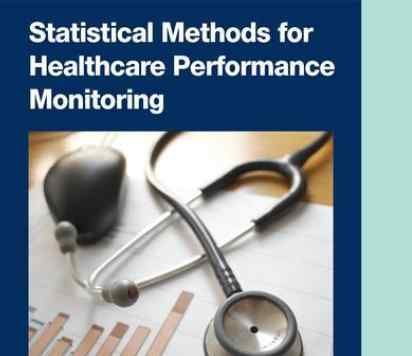BibTex format
@article{Rao:2018:2018/5468010,
author = {Rao, A and Bicknell, C and Bottle, R and Darzi, A and Aylin, PP},
doi = {2018/5468010},
journal = {Surgery Research and Practice},
title = {Common sequences of emergency readmissions among high-impact users following AAA repair},
url = {http://dx.doi.org/10.1155/2018/5468010},
volume = {2018},
year = {2018}
}
RIS format (EndNote, RefMan)
TY - JOUR
AB - IntroductionThe aim of the study was to examine common sequences of causes of readmissions among those patients with multiple hospital admissions, high-impact users, after abdominal aortic aneurysm (AAA) repair and to focus on strategies to reduce long-term readmission rate. MethodsThe patient cohort (2006-2009) included patients from Hospital Episodes Statistics, the national administrative data of all NHS English hospitals, and followed up for 5 years. Group-based trajectory modelling and sequence analysis were performed on the data. ResultsFrom a total of 16,973 elective AAA repair patients, 18% (n=3055) were high-impact users. The high-impact users among rAAA repair constituted 17.3% of the patient population (n=4144). There were 2 subtypes of high-impact users, short-term (7.2%) with initial high readmission rate following by rapid decline and chronic high-impact (10.1%) with persistently high readmission rate. Common causes of readmissions following elective AAA repair were respiratory tract infection (7.3%), aortic graft complications (6.0%), unspecified chest pain (5.8%), and gastro-intestinal haemorrhage (4.8%). However, high-impact users included significantly increased number of patients with multiple readmissions and distinct sequences of readmissions mainly consisting of COPD (4.7%), respiratory tract infection (4.7%) and ischaemic heart disease (3.3%).ConclusionA significant number of patients were high-impact users after AAA repair. They had a common and distinct sequence of causes of readmissions following AAA repair, mainly consisting of cardiopulmonary conditions and aortic graft complications. The common causes of long-term mortality were not related to AAA repair. The quality of care can be improved by identifying these patients early and focusing on prevention of cardiopulmonary diseases in the community.
AU - Rao,A
AU - Bicknell,C
AU - Bottle,R
AU - Darzi,A
AU - Aylin,PP
DO - 2018/5468010
PY - 2018///
SN - 2356-7759
TI - Common sequences of emergency readmissions among high-impact users following AAA repair
T2 - Surgery Research and Practice
UR - http://dx.doi.org/10.1155/2018/5468010
UR - http://hdl.handle.net/10044/1/59018
VL - 2018
ER -
